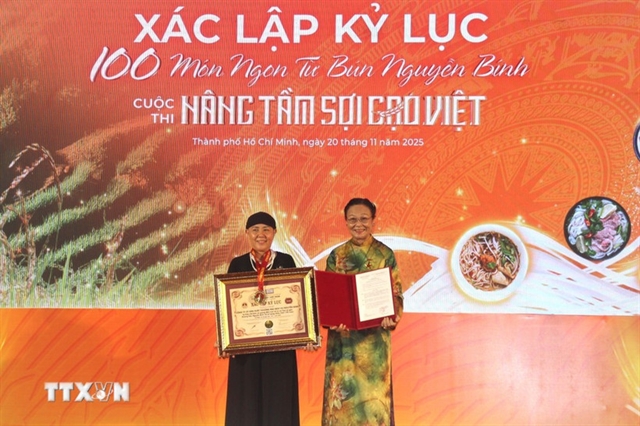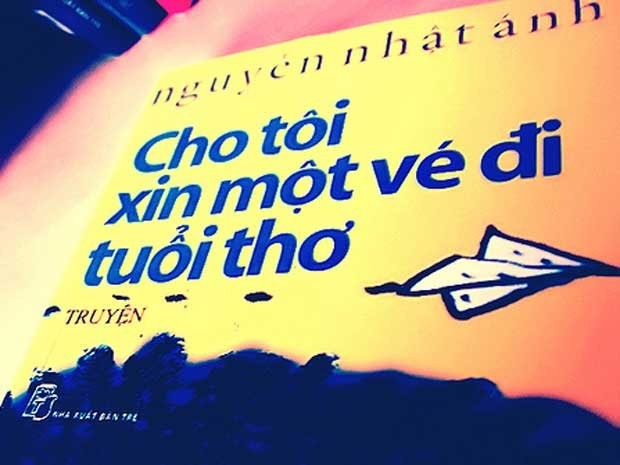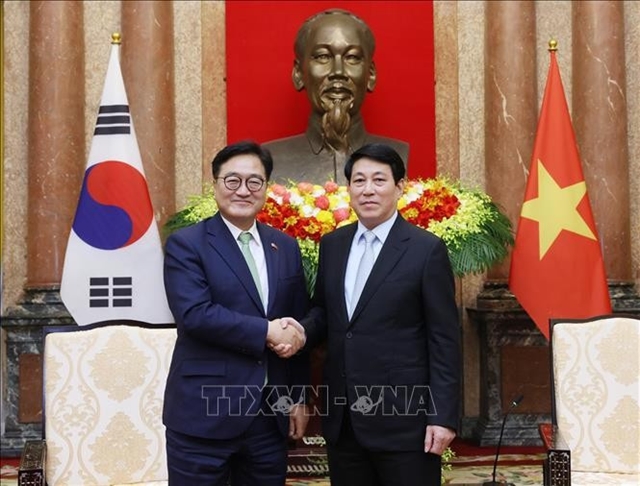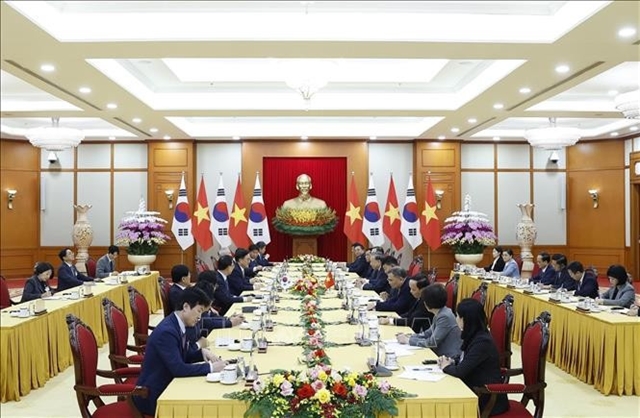 Life & Style
Life & Style

 |
| Veteran author Nguyễn Nhật Ánh’s Cho Xin Một Vé Đi Về Tuổi Thơ sold more than 20,000 copies in the first weeks of its release in 2007. The book will soon be released in a Braille version produced by the Nguyễn Đình Chiểu School for the Blind in Hà Nội. (Photo.Ibook.vn) |
HCM CITY – Veteran writer Nguyễn Nhật Ánh’s books in Braille versions will be printed and released soon by Nguyễn Đình Chiểu School for the Blind in Hà Nội to serve its students.
Ánh visited the school and presented four of his books to the school.
His four best-selling children’s books, Cho Tôi Xin Một Vé Đi Tuổi Thơ (Give Me a Ticket Back to Childhood), Mắt Biếc (Blue Eyes), Bảy Bước Tới Mùa Hè (Seven Steps to Summer) and Ngày Xưa Có Một Chuyện Tình (The Past Love Story), will be published in Braille by the school’s teachers.
The writer said he would offer more his books to help the school produce more Braille books for its students.
Ánh, who lives in HCM City, began writing in 1984 and is known for his simple style and insights about children.
He is one of the city’s few authors who write for children, and has penned many contemporary classics, including Kính Vạn Hoa (Kaleidoscope) and Thằng Quỷ Nhỏ (The Mischievous Boy), which are favourites of thousands of children and teenagers around the country.
In 2007, Ánh’s Cho Xin Một Vé Đi Về Tuổi Thơ sold more than 20,000 copies in the first weeks of its release. The book is about a city boy named Mùi and his three friends. In 2010, it received the Southeast Asian Writers Award from Thailand’s royal family.
The book has been translated into Thai and published by Thai-based publisher Nanmee Books.
Việt Nam has from 600,000 to 700,000 blind and visually impaired people, 70,000 of whom are children.
The Việt Nam Blind Association prints Braille books with old printing machines that have very low productivity, and many associations in provinces still print Braille book by hand.
Several schools for blind children in big cities such as Hà Nội and HCM City produce Braille books and notebooks for their students.
These schools, funded by the State and local and foreign charities, have succeeded in teaching a small minority of the country’s blind how to read and write. However, the supply is well below what is needed. — VNS




